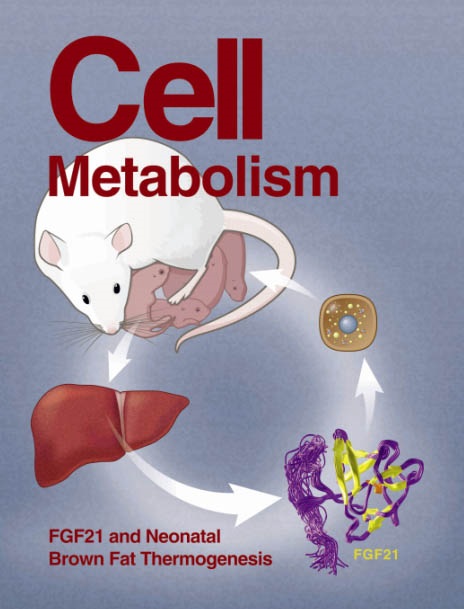细菌衍生的营养循环:被吞噬的细菌如何调节巨噬细胞代谢
IF 30.9
1区 生物学
Q1 CELL BIOLOGY
引用次数: 0
摘要
巨噬细胞负责感知、吞噬和摧毁细菌,但这些内化微生物的代谢命运在很大程度上仍未被探索。Lesbats等人最近在nature上发表的一项研究揭示了巨噬细胞如何从吞噬溶酶体降解中回收一些成分,将它们用作各种合成代谢途径的中间产物和氧化磷酸化的燃料。本文章由计算机程序翻译,如有差异,请以英文原文为准。
Bacteria-derived nutrient recycling: How phagocytosed bacteria regulate macrophage metabolism
Macrophages are responsible for sensing, phagocytosing, and destroying bacteria, yet the metabolic fate of these internalized microbes remains largely unexplored. A recent study published by Lesbats et al. in Nature1 uncovers how macrophages recycle some of the components from phagolysosomal degradation, using them as intermediates in various anabolic pathways and as fuel for oxidative phosphorylation.
求助全文
通过发布文献求助,成功后即可免费获取论文全文。
去求助
来源期刊

Cell metabolism
生物-内分泌学与代谢
CiteScore
48.60
自引率
1.40%
发文量
173
审稿时长
2.5 months
期刊介绍:
Cell Metabolism is a top research journal established in 2005 that focuses on publishing original and impactful papers in the field of metabolic research.It covers a wide range of topics including diabetes, obesity, cardiovascular biology, aging and stress responses, circadian biology, and many others.
Cell Metabolism aims to contribute to the advancement of metabolic research by providing a platform for the publication and dissemination of high-quality research and thought-provoking articles.
 求助内容:
求助内容: 应助结果提醒方式:
应助结果提醒方式:


